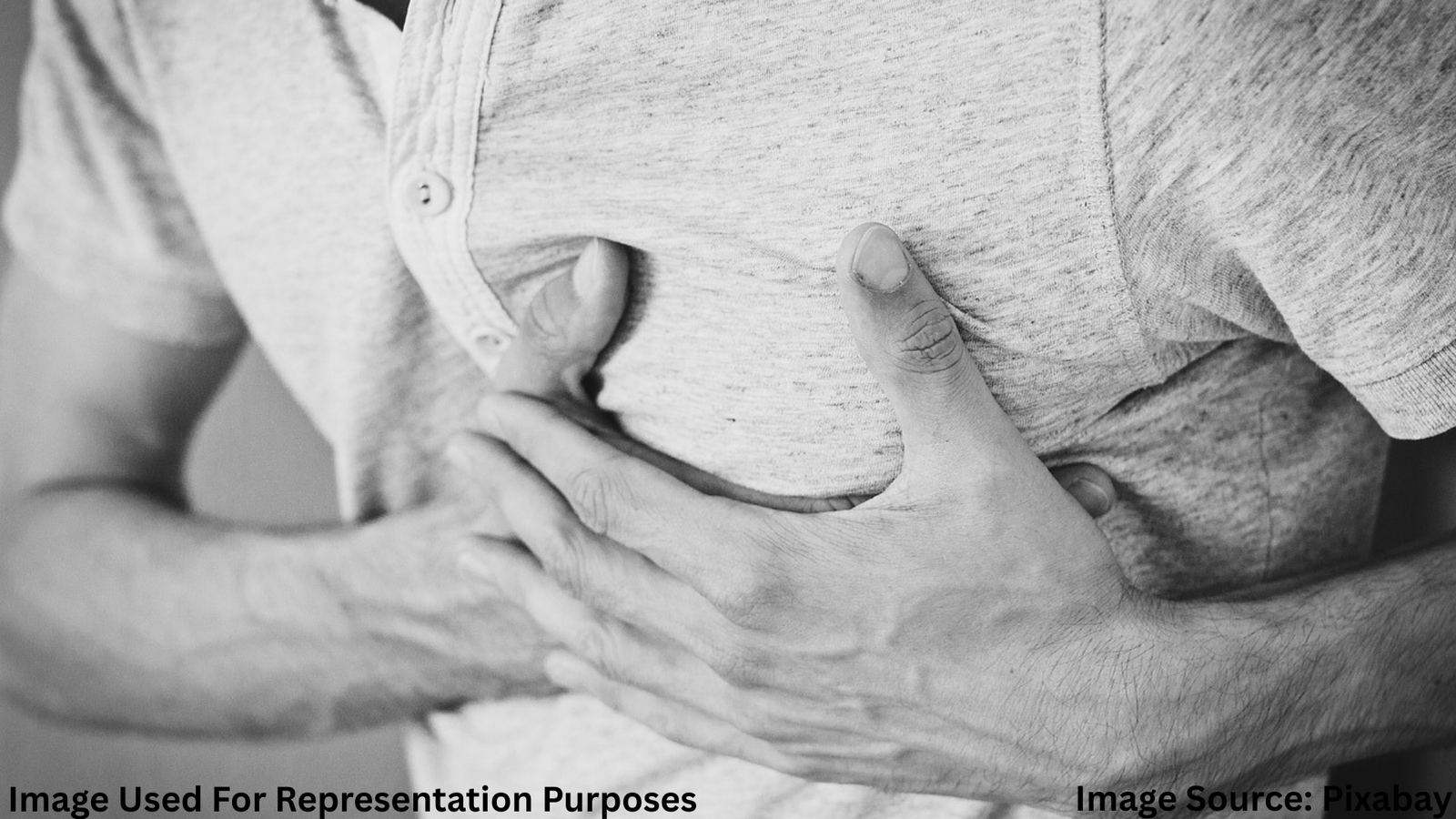Cervical cancer is a topic that many women find intimidating, but it’s one that deserves attention and understanding. As one of the most common cancers affecting women worldwide, it’s crucial to know how to detect it early, treat it effectively, and prevent it altogether.
In this article, we’ll break down everything you need to know about cervical cancer—from its causes and symptoms to the latest treatment options and inspiring real-life stories. Let’s dive in and empower ourselves with knowledge and hope.
What Is Cervical Cancer?
Cervical cancer occurs when abnormal cells in the cervix (the lower part of the uterus that connects to the vagina) grow out of control. Most cases are caused by the human papillomavirus (HPV), a common sexually transmitted infection. While HPV is widespread, not all cases lead to cancer, especially when detected and managed early.
Causes and Risk Factors
Understanding the causes and risk factors of cervical cancer can help you take proactive steps to protect yourself.
1. HPV Infection:
HPV is the leading cause of cervical cancer. Certain high-risk strains, like HPV 16 and 18, are more likely to cause cellular changes that lead to cancer.
2. Smoking:
Women who smoke are twice as likely to develop cervical cancer compared to non-smokers. Chemicals in tobacco can damage cervical cells and weaken the immune system.
3. Weakened Immune System:
Conditions like HIV or medications that suppress the immune system can increase the risk of cervical cancer.
4. Long-Term Use of Birth Control Pills:
Studies suggest that using oral contraceptives for five or more years may increase the risk, though the risk decreases after stopping the pills.
5. Family History:
A family history of cervical cancer can slightly increase your risk, though most cases are not hereditary.
Symptoms to Watch For
Early-stage cervical cancer often has no symptoms, which is why regular screenings are so important. As the cancer progresses, symptoms may include:
- Abnormal vaginal bleeding (between periods, after sex, or after menopause)
- Unusual vaginal discharge (watery, bloody, or foul-smelling)
- Pelvic pain or pain during sex
- Unexplained weight loss or fatigue
Real-Life Example: My aunt experienced irregular bleeding for months but brushed it off as stress. When she finally went to the doctor, she was diagnosed with early-stage cervical cancer. Thankfully, because it was caught early, she was able to undergo treatment and make a full recovery.
The Importance of Early Detection
Early detection is key to successfully treating cervical cancer. Regular screenings, like Pap smears and HPV tests, can identify precancerous changes before they develop into cancer.
Pap Smear:
This test collects cells from the cervix to check for abnormalities. It’s recommended for women aged 21-65, with the frequency depending on age and risk factors.
HPV Test:
This test checks for the presence of high-risk HPV strains. It’s often done alongside a Pap smear for women over 30.
Pro Tip: Don’t skip your regular check-ups! Even if you feel fine, screenings can catch issues you might not notice.
Treatment Options for Cervical Cancer
If cervical cancer is diagnosed, the treatment plan will depend on the stage of the cancer, your overall health, and your preferences. Here are the most common treatment options:

1. Surgery
Surgery is often used for early-stage cervical cancer. The type of surgery depends on the size and spread of the cancer.
- Cone Biopsy: Removes a cone-shaped piece of tissue from the cervix.
- Hysterectomy: Removes the uterus and cervix. In some cases, the ovaries and fallopian tubes may also be removed.
- Pelvic Exenteration: A more extensive surgery that removes the uterus, cervix, vagina, and nearby lymph nodes.
Real-Life Example: A close friend of mine was diagnosed with stage 1 cervical cancer. She opted for a hysterectomy and has been cancer-free for five years. She says the decision was tough, but it gave her peace of mind.
2. Radiation Therapy
Radiation uses high-energy beams to kill cancer cells. It’s often used in combination with surgery or chemotherapy.
- External Beam Radiation: Targets the cancer from outside the body.
- Brachytherapy: Places radioactive material inside the vagina near the cervix.
Pro Tip: Side effects of radiation can include fatigue, skin changes, and vaginal dryness. Talk to your doctor about ways to manage these symptoms.
3. Chemotherapy
Chemotherapy uses drugs to kill cancer cells or stop them from growing. It’s often used for advanced cervical cancer or in combination with radiation.
Personal Anecdote: My cousin underwent chemotherapy for cervical cancer and found that staying hydrated and eating small, frequent meals helped her manage nausea. She also leaned on her support system for emotional strength.
4. Targeted Therapy and Immunotherapy
These newer treatments focus on specific molecules involved in cancer growth or boost the immune system to fight cancer.
- Bevacizumab (Avastin): A targeted drug that stops the growth of blood vessels that feed tumors.
- Pembrolizumab (Keytruda): An immunotherapy drug that helps the immune system attack cancer cells.
Coping with Cervical Cancer: Emotional and Practical Support
A cervical cancer diagnosis can be overwhelming, but you don’t have to face it alone. Here are some ways to cope:
1. Build a Support System:
Lean on family, friends, or support groups. Sharing your feelings can lighten the emotional burden.
2. Seek Professional Help:
A therapist or counselor can help you navigate the emotional challenges of cancer.
3. Stay Informed:
Knowledge is empowering. Ask your doctor questions and research reputable sources to understand your condition and treatment options.
4. Practice Self-Care:
Take time for activities that bring you joy, whether it’s reading, gardening, or spending time with loved ones.
Real-Life Example: A woman in my support group found solace in painting during her treatment. She said it helped her express emotions she couldn’t put into words.
Preventing Cervical Cancer
Prevention is always better than cure. Here’s how you can reduce your risk of cervical cancer:
1. Get Vaccinated:
The HPV vaccine protects against the most common cancer-causing strains. It’s recommended for both girls and boys aged 9-26.
2. Practice Safe Sex:
Using condoms can reduce the risk of HPV and other sexually transmitted infections.
3. Quit Smoking:
If you smoke, seek help to quit. Your body will thank you in countless ways.
4. Attend Regular Screenings:
Don’t skip your Pap smears or HPV tests. Early detection saves lives.
Inspiring Stories of Survival
Hearing stories of women who have overcome cervical cancer can provide hope and motivation.
Story 1: Maria was diagnosed with stage 2 cervical cancer at 35. After surgery and radiation, she’s now a passionate advocate for cervical cancer awareness. She says, “Cancer changed my life, but it didn’t define me.”
Story 2: Sarah, a mother of two, was diagnosed with advanced cervical cancer. Despite the odds, she underwent aggressive treatment and is now in remission. She credits her family’s support and her positive mindset for her recovery.
Final Thoughts
Cervical cancer is a serious condition, but with early detection and the right treatment, it’s highly treatable. By staying informed, attending regular screenings, and taking preventive measures, you can protect yourself and your loved ones.
If you or someone you know is facing cervical cancer, remember that you’re not alone. Reach out for support, stay hopeful, and take it one step at a time. Together, we can raise awareness, reduce stigma, and save lives.
Aamir Ahmad Fateh is a seasoned digital marketer and experienced news writer with over 7 years of expertise in covering political affairs, social issues, technology, sports, and Bollywood. He is the founder and chief editor of 24fnews.com, where he is dedicated to delivering accurate, unbiased, and timely news to a wide audience every day. His sharp insights and journalistic integrity make him a trusted voice in the digital news space.







